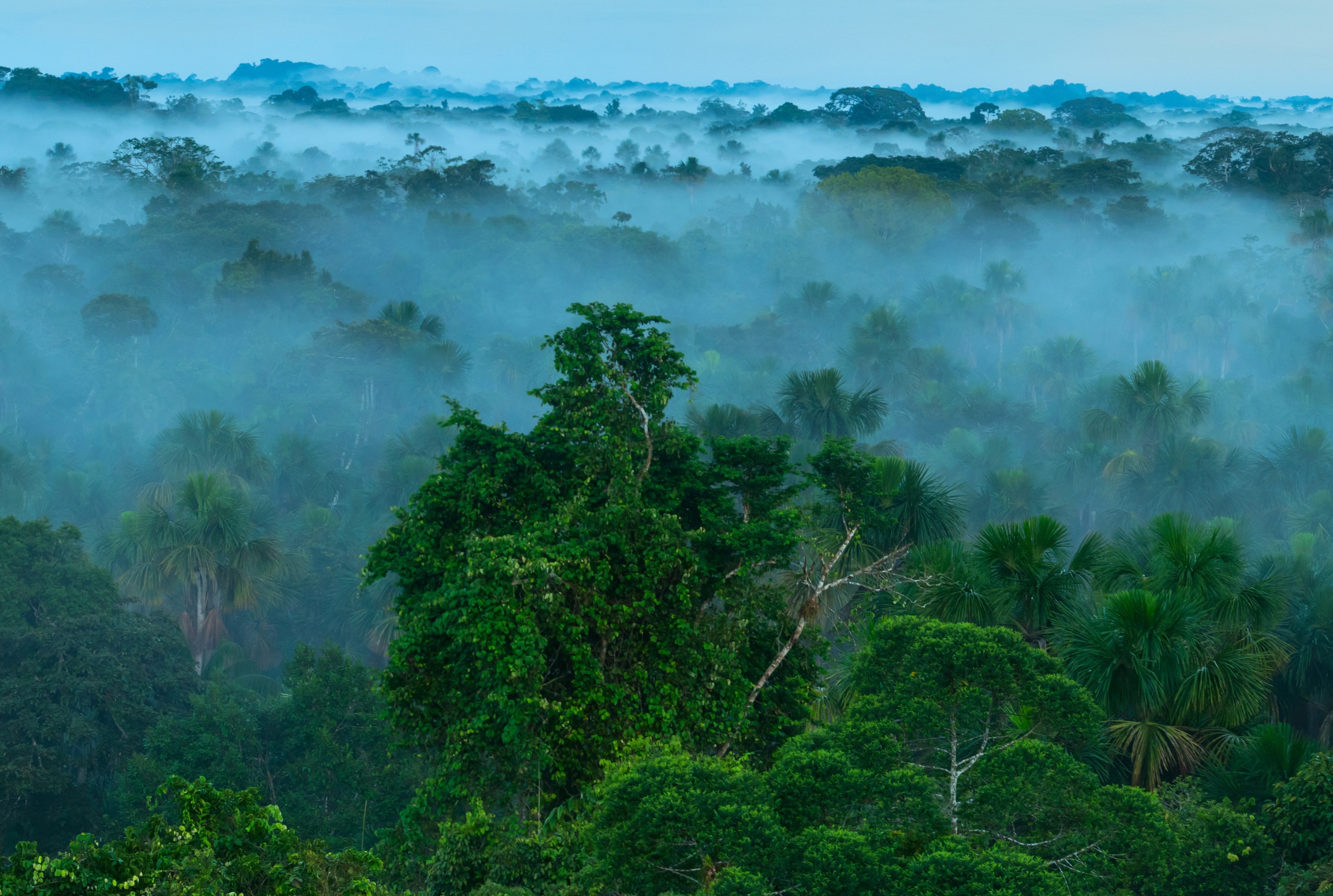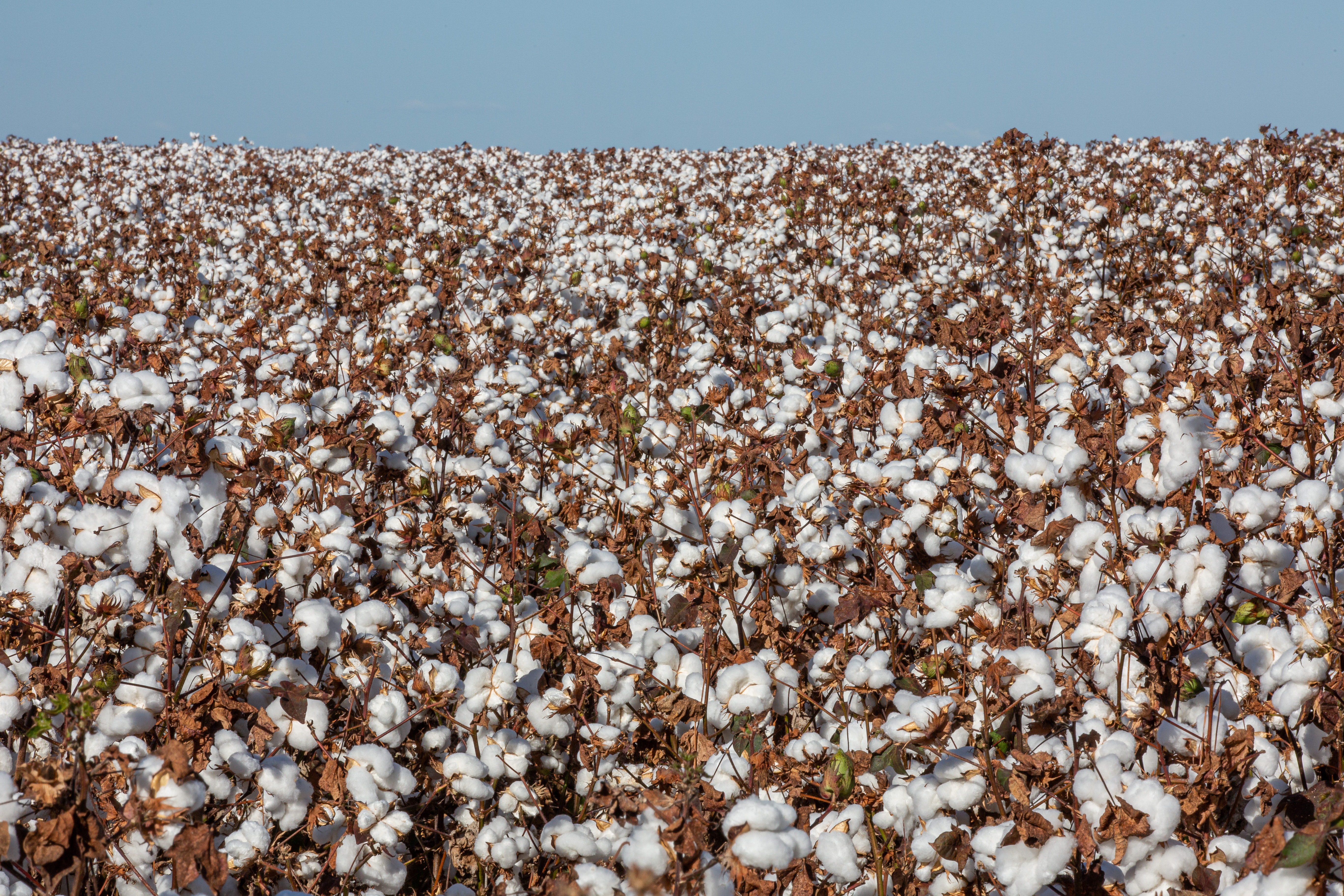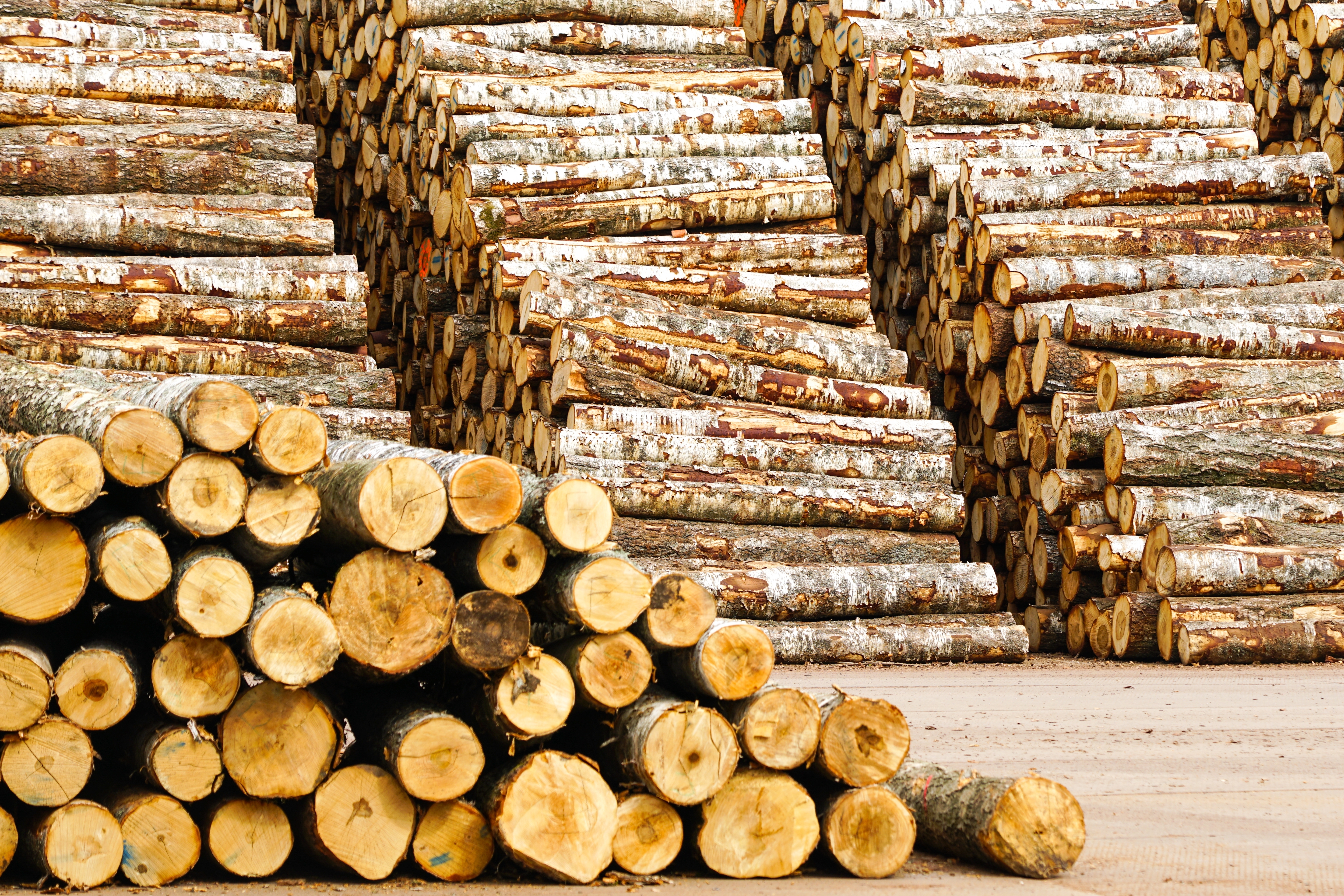
Devastated rainforest in Ivory Coast
The global chocolate trade is driving widespread illegal
deforestation in Ivory Coast, according to a recent investigation which
traced the cocoa supply chain from plantations in protected areas to chocolate
manufacturers including Nestlé, Mars, Ferrero and Mondelez.
Researchers from campaigning NGO Mighty Earth visited multiple villages and plantations located in protected areas, where rainforest had been burned and replaced with cocoa.
Over many years, the government has
turned a blind eye as poor farmers have gradually invaded the forests in search
of a livelihood. Some settlements now have tens of thousands of residents and
services such as schools and churches.
With little support from central government, the officials
charged with protecting the forests have turned instead to profiting from their
destruction. Workers in one village visited in a parallel investigation
by the
Guardian, Zanbarmakro, located in Marahoué national park, said that in May
alone they had paid £13,000 in bribes to state park rangers.
From these cocoa plantations, investigators traced a twisting supply chain to the world’s biggest chocolate manufacturers.
Middlemen
transport the beans to the country’s port cities, where it is sold to Olam,
Cargill and Barry Callebaut, who ship the cocoa to chocolate companies in North
America and Europe. From Zambarmarko, for example, cocoa travels to the nearby
cities of Bouaflé and Bonon, where it is sold to Saco, a subsidiary of Barry
Callebaut, which supplies several global brands.
In total, researchers interviewed workers from seven middlemen cooperatives which bought cocoa from protected areas and confirmed that they sold it to major international traders.
The director of the government’s Forest Reserve protection agency (Sodefor) estimated that 40% of Ivorian cocoa comes from protected areas.
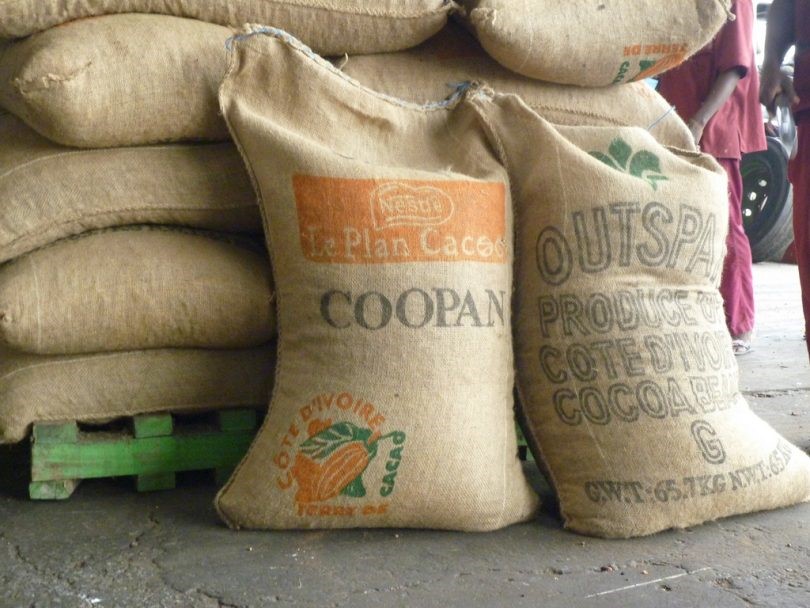
Cocoa sacks awaiting transportation from Ivory Coast
The report’s findings reflect those of a 2015 study conducted by Ohio State University, which examined 23 protected areas in Ivory Coast and found that more than 74% of their total landmass had been transformed into cocoa production.
Seven were wholly converted to cocoa, and 13 had lost
their entire populations of primates. In total, the Ivory coast is estimated to
have lost more than 80% of its forests since independence in 1960.
Responding to the investigation, traders Cargill and Barry
Callebaut, and manufacturers Mars, Mondelez and Nestlé, did not deny that cocoa
from illegal deforestation had entered their supply chains.
Barry Parkin, chief sustainability officer at Mars, said: “We are committed to identifying the best ways to end deforestation and forest degradation in the global cocoa supply chain.”
Nestlé said it was “opposed to
the deforestation of rainforests and peatlands around the world,” while
Mondelez said, “We all recognise the urgency, and we all acknowledge the
issue.”
In March, all these firms were among 70 signatories to an initiative to end deforestation in cocoa growing areas. They are contributing to a “framework for action” which will be published in November.
As many of the producers working in protected areas have been living there for decades, such a framework will have to involve legally recognising some communities and farms rather than removing them.
In more
recently invaded protected areas which can still be saved, small farmers who
must be resettled will also need to be enabled to find new livelihoods.
On the rare occasions to-date when the Ivorian government has taken action to address the problem, it has been heavy handed.
In September 2016, human rights organisations condemned forced evictions carried out in Mont Péko National Park, which occurred without warning and without provision of alternative housing or land, in contravention of international law.
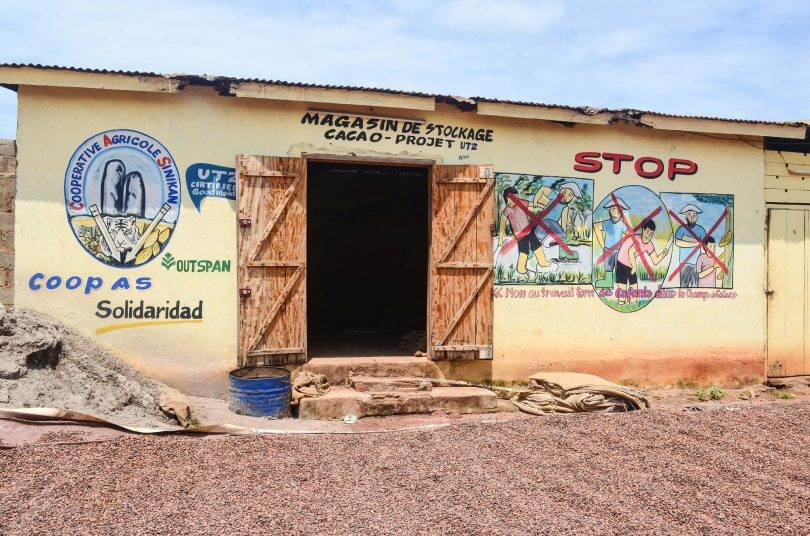
Cocoa cooperative in Ivory Coast
Most of the cocoa farmers working in plantations and villages in Ivory Coast are smallholders earning only 50 cents a day, according to a 2015 report from industry observers Cocoa Barometer.
Revenues and profits in the chocolate industry are channelled downstream: cocoa farmers receive only 6.6% of the value of a chocolate bar, while a third goes to chocolate manufacturers and almost half to retailers such as supermarkets.
Revenue distribution has
deteriorated since the 1980s, when farmers received an average of 16% of
the value of a chocolate bar.
The chocolate companies have profited handsomely from the destruction of Ivory Coast’s forests.
It is not enough for them to simply stop
buying cocoa from illegally deforested land. They also have a responsibility to
help address the legacy of their past purchases, including helping fund a fair
and just solution.
